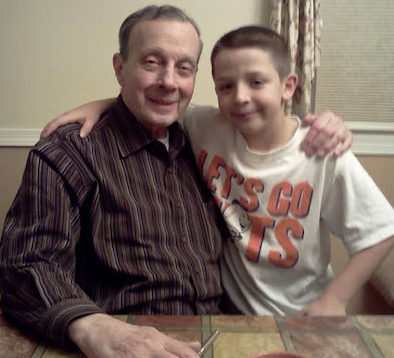Brooklyn native pens book on Sandy Koufax
Arnold Silveri says Dodger’s record stands test of time

Next year will mark 50 years since Los Angeles Dodgers pitching great Sandy Koufax announced his retirement at the premature age of 30 due to arthritis in his pitching arm.
When Koufax, who is now 79 years old, was the youngest player ever to be inducted into the Baseball Hall of Fame in 1972, at the age of 36.
Koufax, who was born and raised in Brooklyn, attended Lafayette High School in Bensonhurst. A left-handed pitcher, he started his career with the Brooklyn Dodgers in 1955. His career really blossomed after the Dodgers left Brooklyn and moved to sunny Los Angeles. Koufax won two World Series (1963 and 1965), three Cy Young Awards (1963, 1965 and 1966), had the best Earned Run Average (ERA) in the National League for five straight years (1962-1966) and was a six-time All-Star. He also pitched four no-hitters, including a perfect game, against the Chicago Cubs in 1965.
